Roasting Arsenic & Antimony Ores

The difficulty of roasting arsenical and antimonial ores may be avoided by taking ore, 1 A.T. ; red lead, 1,000 grains; sodium carbonate, 500 grains; potassium ferrocyanide, 550 grains, with a cover of salt or borax. The button is scorified, together with the matte formed, before cupellation. E. A. Smith found this method unsatisfactory and […]
Fire Assay Flux & Litharge Composition
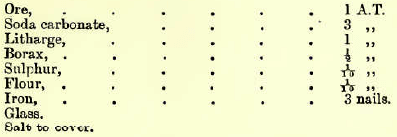
The following remarks on the use of the fire assay fluxes and litharge may serve as an aid in arriving to a correct composition of charges for most cases: Litharge or red lead is added in the proportion of one or two parts to two of ore; if too much litharge (lead oxide) is used the […]
How to Calculate Gold in Fire Assay
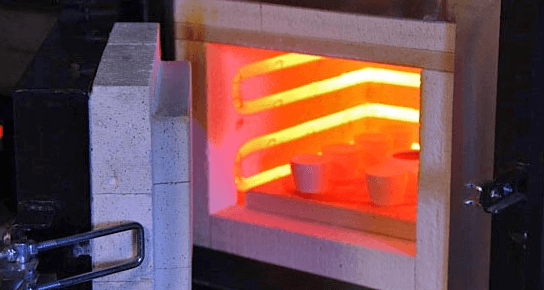
Calculating gold from your fire assay ends with reading the equipment called the gold scale or “the balance”. This equipment should turn with 1/200 milligramme at most, and there is an advantage in using still more sensitive balances. A unit of 0.005 mg. corresponds to 24 grains per ton if 1 A.T. of ore has […]
Fire Assay Fusion
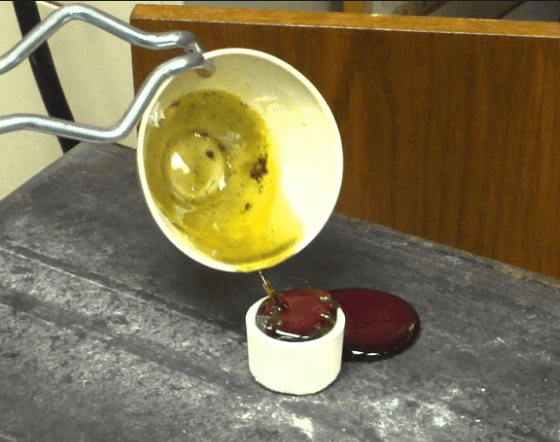
The object of the Fire Assay Fusion is to concentrate the precious metals in a button of lead, while the whole of the remainder of the ore forms a fusible slag with suitable fluxes, in which lead sinks. The fusion is made in clay (or rarely iron) crucibles in a wind furnace, similar to, but usually […]
Gold Inquartation Process

The bead of silver and gold obtained by cupellation is squeezed between pliers, or flattened by a hammer on a clean anvil, to loosen the bone ash adhering to its lower surface, and is then cleaned by a brush of wires or stiff bristles. It is then weighed, the silver removed by solution in nitric […]
Gold Assay Methods

Listed and explained in details below are 8 Gold Assay Methods which are alternatives to the classic fire assay method. Amalgamation Assay This is useful in determining the amount of gold present in the ore capable of being extracted by mercury. The sample of ore is pulverised fine enough to pass through a 60- or 80-mesh […]
How to Detect Gold in Minerals
How to detect gold in loose alluvial ground has been already described. A similar method may be employed in the case of auriferous quartz after grinding it. If the concentrates obtained in either case contain sulphides, these are collected, roasted or treated by nitric acid and re-ground. The light particles of oxide of iron can now […]
Scorification Assay
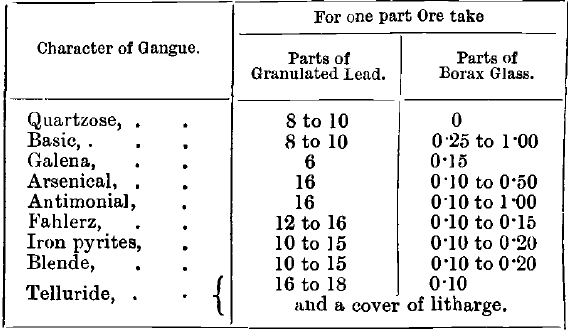
As stated above, the Scorification Assay process is especially applicable to (a) complex ores, (b) very rich ores, (c) ores which are mainly valuable for their silver contents. The losses are small and the operations are easy to conduct, and need not be varied much for different classes of ore. For these reasons the process […]
Sample Preparation for Fire Assay
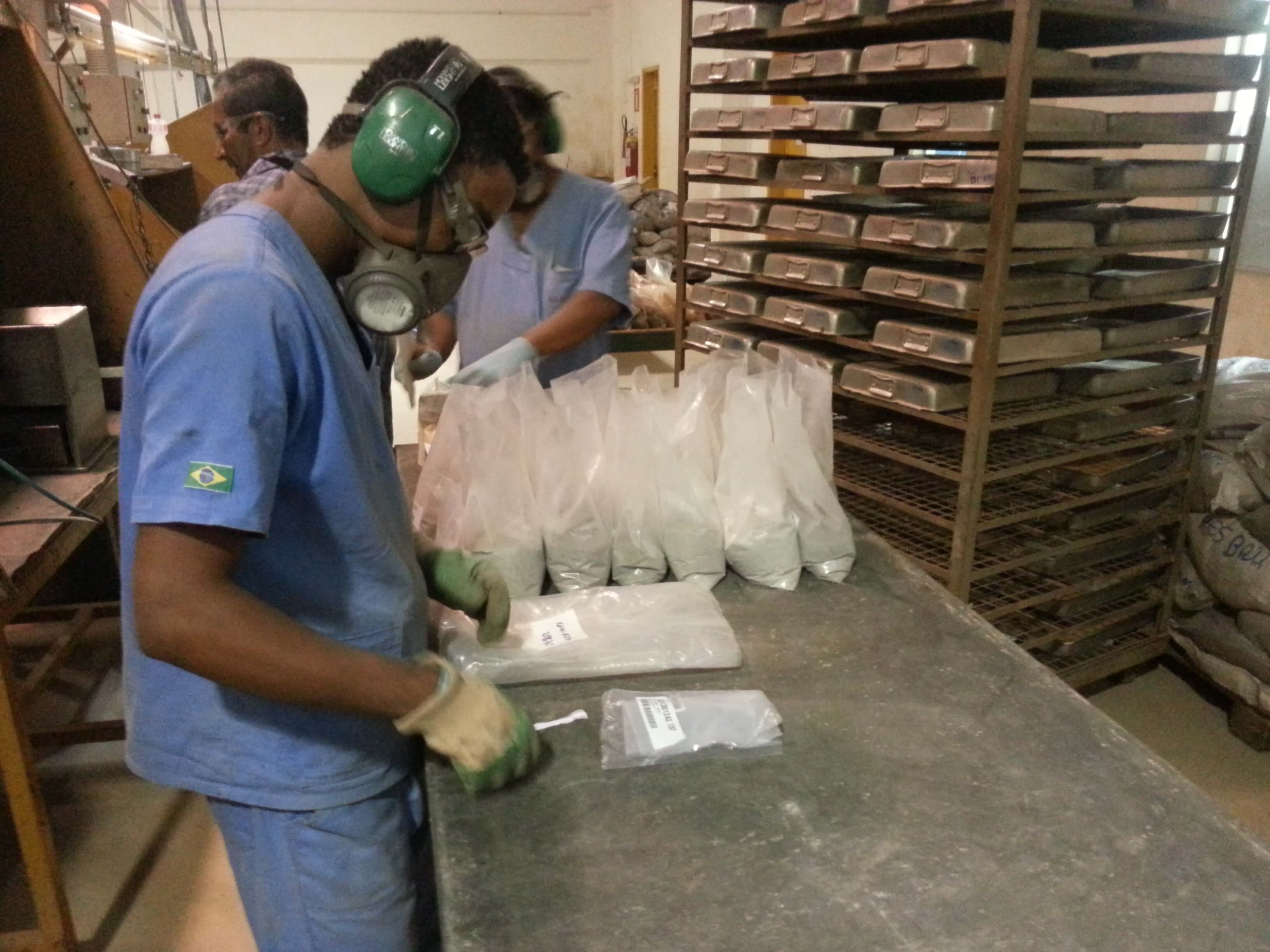
The value of an assay depends largely on the care with which a sample of the ore is selected. Sampling should be, as far as possible, automatic, and independent of the will or judgment of the assayer. The sampling of ore in place in mines is described in books on mining. The taking of running […]
Cupellation Furnaces for Precious Metal Assaying

Cupellation is conducted in a muffle furnace, the construction of which is shown in Figs. 62-63. The fire is lighted, a little bone-ash is sprinkled on the floor of the muffle to prevent its corrosion by litharge in case of the upsetting of a cupel, and the cupels introduced as soon as a bright red […]
